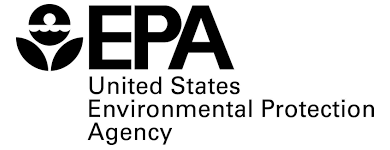Limits of one-dimensional process models to forecast water quality
Experiment name:
Limits of one-dimensional process models to forecast water quality
Scientific question:
Quantifying the relevance of the major sources of uncertainty and establishing the forecasting horizon of one-dimensional process models
Experiment idea:
Ilias PECHLIVANIDIS
[email protected]
Andrea VIRDIS
[email protected]
Blake SCHAEFFER
[email protected]
Background information
One-dimensional process-driven water quality models are fast and easy alternatives to computational demanding three-dimensional process models and need significant less historical data knowledge than data-driven models to produce relevant simulations. Experiment B3 will investigate the limits of those models in terms of water quality forecasts, their sources of uncertainty and forecast horizon.
Many one-dimensional process-based models are available to simulate vertical stratification and mixing in lakes and reservoirs assuming lateral uniformity in a lake or reservoir. Although these models are well capable to simulate the vertical physical structure, they structurally miss the ability to describe horizontal transport processes and lateral differences in heat exchange. Water quality models based on these one-dimensional models are thus less accurate in describing aquatic ecosystem processes as lateral homogeneity usually cannot be assumed other than for well-mixed, small systems. Nevertheless, one-dimensional process models can yield good approximations for changes of, e.g., algal growth processes in the water column driven by meteorological and/or hydrological factors, as well as nutrient fluxes. The attractiveness of one-dimensional process models comes into play whenever long-term scenario simulations (e.g. climate change related) are necessary and when scaling up from local to regional or continental lake and reservoir studies.
The experiment will use a one-dimensional hydrodynamic model coupled with an algal growth (competition) model for the Australian case studies with the option to be tested for e.g. Harsha Lake. The major sources of uncertainty in terms of data uncertainty (physical drivers from non-in-situ meteorological stations), parameter uncertainty (growth parameters for different algal species or functional type), and incomplete knowledge of initial conditions for algal growth will evaluated. The experiment will further establish the forecasting horizon of this type of model (assuming perfect knowledge of drivers) to predict management relevant exceedance probabilities of algal biomass thresholds (here based on Australian standard alert levels for blue-green algae in Lake Hume).
Leader
Short Description
Outcome
Leave a Reply
You must be logged in to post a comment.




